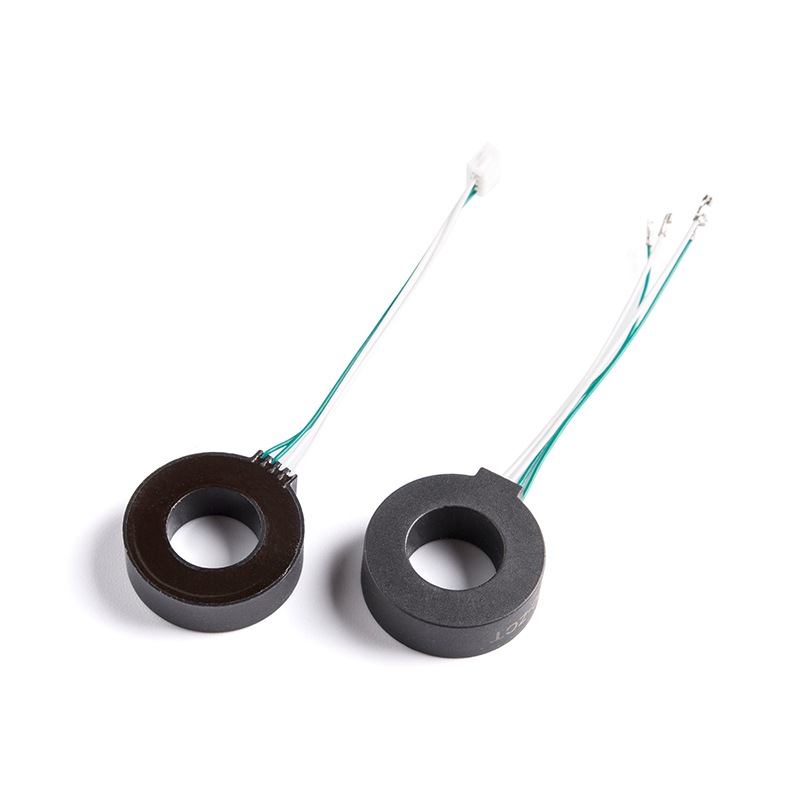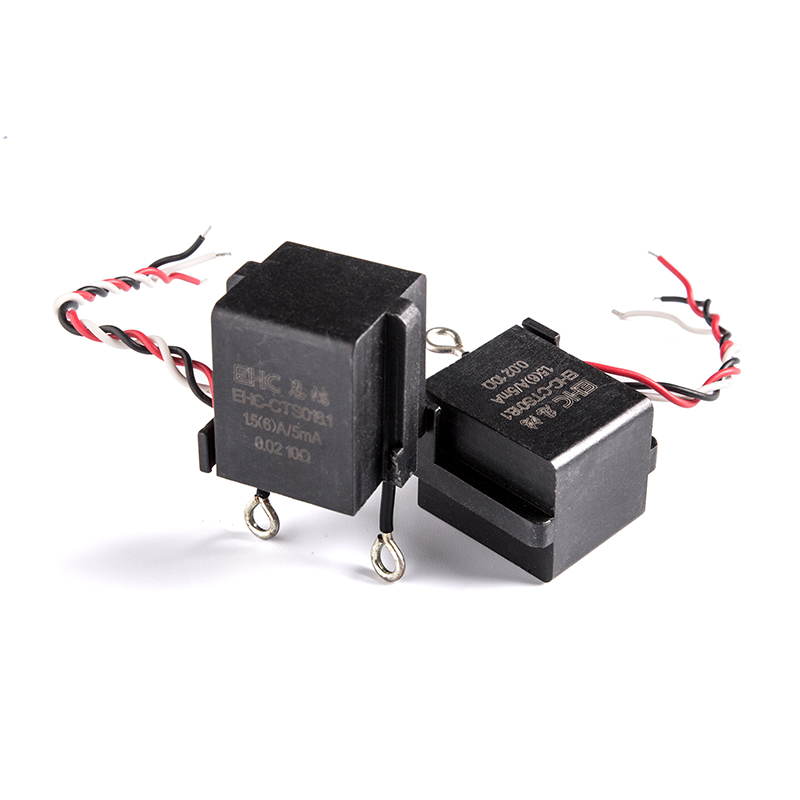Current transformers (CTs) are essential electrical devices used for measuring and monitoring electrical currents in various applications, such as power distribution, protection relaying, and metering. They are typically classified into different accuracy classes, each of which designates the permissible error limits of the CT's current measurement. The accuracy class is indicated by a numerical designation, and the designation varies depending on the international standard being followed. The two primary international standards for CT accuracy classes are IEC (International Electrotechnical Commission) and ANSI/IEEE (American National Standards Institute/Institute of Electrical and Electronics Engineers). Here's an overview of the accuracy classes and their designations according to both standards:
IEC Accuracy Classes:
The IEC standards use a letter-number designation to specify the accuracy class of current transformers. The letter indicates the primary error limit, and the number represents the limit factor, which defines the maximum permissible error as a multiple of the rated primary current.
Class 0.1 (0.1S): This is the highest accuracy class, typically used for laboratory measurements and research. It has a primary error limit of 0.1% (0.1% of the rated primary current).
Class 0.2 (0.2S): Commonly used in precision industrial applications, this class has a primary error limit of 0.2%.
Class 0.5 (0.5S): Used for high-precision industrial and commercial applications, this class has a primary error limit of 0.5%.
Class 1 (1S): Suitable for accurate measurement and billing purposes, this class has a primary error limit of 1%.
Class 3 (3S): Generally used for protection and control applications, this class has a primary error limit of 3%.
Class 5 (5S): Used for protection and monitoring applications, this class has a primary error limit of 5%.
Class 10 (10S): Commonly used for protective relaying and monitoring, this class has a primary error limit of 10%.
ANSI/IEEE Accuracy Classes:
The ANSI/IEEE standards use numerical designations to specify the accuracy class of current transformers. These classes are based on the allowable percentage error for specific applications.
Class 0.1: This class represents a CT with an error limit of 0.1%.
Class 0.2: CTs in this class have an error limit of 0.2%.
Class 0.3: CTs in this class have an error limit of 0.3%.
Class 0.6: This class specifies a CT with an error limit of 0.6%.
Class 1.0: CTs in this class have an error limit of 1.0%.
Class 1.2: This class designates a CT with an error limit of 1.2%.
Class 2.0: CTs in this class have an error limit of 2.0%.
Class 3.0: This class represents CTs with an error limit of 3.0%.

 English
English 中文简体
中文简体 Deutsch
Deutsch 日本語
日本語
 View More >>
View More >> View More >>
View More >> View More >>
View More >> View More >>
View More >> View More >>
View More >> View More >>
View More >> View More >>
View More >> View More >>
View More >>